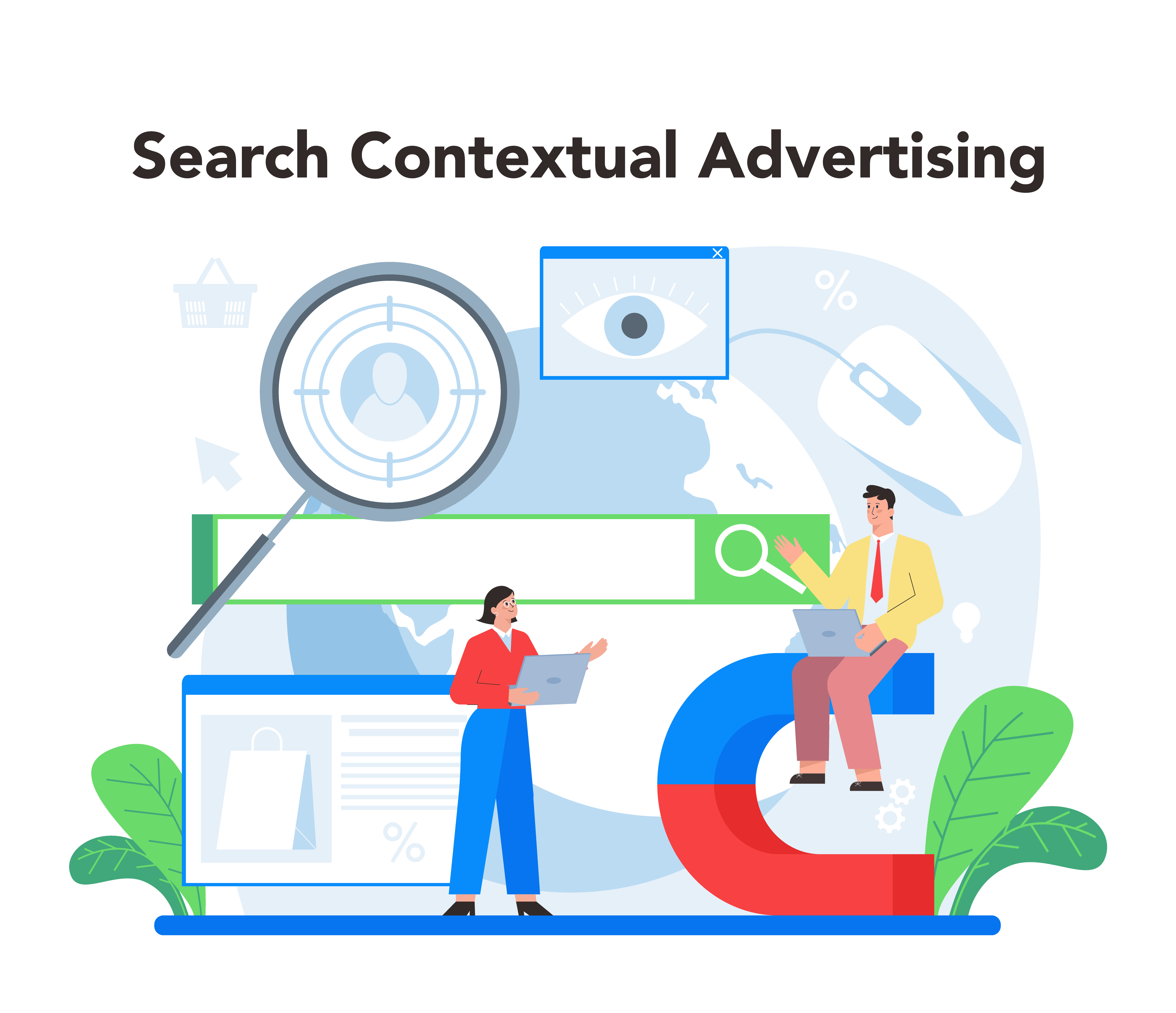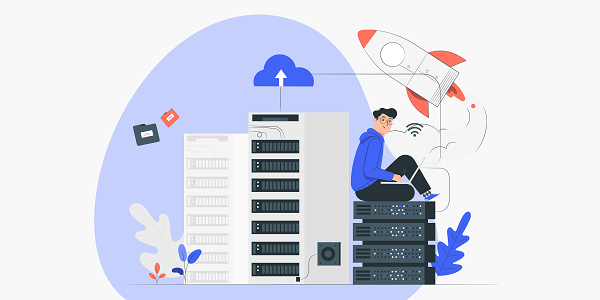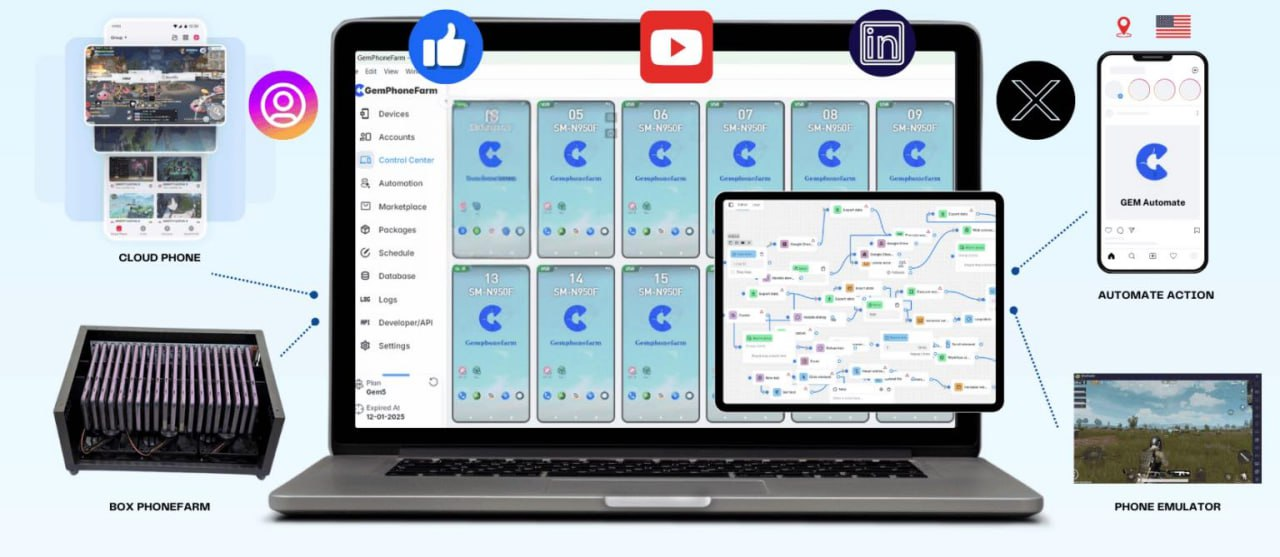Residential Proxies
Allowlisted 200M+ IPs from real ISP. Managed/obtained proxies via dashboard.

Proxies
Residential Proxies
Allowlisted 200M+ IPs from real ISP. Managed/obtained proxies via dashboard.
Residential (Socks5) Proxies
Over 200 million real IPs in 190+ locations,
Unlimited Residential Proxies
Use stable, fast, and furious 700K+ datacenter IPs worldwide.
Static Residential proxies
Long-lasting dedicated proxy, non-rotating residential proxy
Dedicated Datacenter Proxies
Use stable, fast, and furious 700K+ datacenter IPs worldwide.
Mobile Proxies
Dive into a 10M+ ethically-sourced mobile lP pool with 160+ locations and 700+ ASNs.

Web Unblocker
View content as a real user with the help of ABC proxy's dynamic fingerprinting technology.
Proxies
API
Proxy list is generated through an API link and applied to compatible programs after whitelist IP authorization
User+Pass Auth
Create credential freely and use rotating proxies on any device or software without allowlisting IP
Proxy Manager
Manage all proxies using APM interface

Proxies
Residential Proxies
Allowlisted 200M+ IPs from real ISP. Managed/obtained proxies via dashboard.
Starts from
$0.77/ GB
Residential (Socks5) Proxies
Over 200 million real IPs in 190+ locations,
Starts from
$0.045/ IP
Unlimited Residential Proxies
Use stable, fast, and furious 700K+ datacenter IPs worldwide.
Starts from
$79/ Day
Rotating ISP Proxies
ABCProxy's Rotating ISP Proxies guarantee long session time.
Starts from
$0.77/ GB
Static Residential proxies
Long-lasting dedicated proxy, non-rotating residential proxy
Starts from
$5/MONTH
Dedicated Datacenter Proxies
Use stable, fast, and furious 700K+ datacenter IPs worldwide.
Starts from
$4.5/MONTH
Mobile Proxies
Allowlisted 200M+ IPs from real ISP. Managed/obtained proxies via dashboard.
Starts from
$1.2/ GB
Knowledge Base
English
繁體中文
Русский
Indonesia
Português
Español
بالعربية

When it comes to running successful Google Ads campaigns, analyzing competitors can provide valuable insights to improve your own strategy. Competitor analysis in Google Ads involves examining what your competitors are doing in terms of ad copy, keywords, targeting, and overall campaign structure. By understanding what is working for your competitors, you can make informed decisions to stay ahead in the competitive landscape.
One of the key benefits of conducting competitor analysis in Google Ads is that it allows you to identify opportunities and threats in the market. By analyzing your competitors' keywords, ad copies, targeting strategies, and landing pages, you can uncover gaps in the market that you can exploit to your advantage. For example, if you notice that a competitor is targeting a particular keyword that is relevant to your business but has low competition, you can capitalize on this opportunity by creating targeted ads to capture that audience.
Additionally, competitor analysis can help you understand your industry landscape better and stay ahead of the competition. By monitoring your competitors' ad performance, you can benchmark your own performance and identify areas where you are falling behind. This can guide your strategic decisions, such as adjusting your bids, refining your ad messaging, or optimizing your landing pages to improve your competitive position.
Moreover, competitor analysis can inspire new ideas and innovations for your Google Ads campaigns. By analyzing what is working well for your competitors, you can identify best practices and trends that you can incorporate into your own advertising strategies. This can help you stay relevant and innovative in a constantly evolving digital landscape.
1.Manual SERP check
Just do a simple SERP (search engine results page) check. Pick some relevant keywords for your business and google them one by one. These keywords should be terms your customers are likely to google when searching for goods and services.The first step is to identify your main competitors. Use tools like SEMrush or SpyFu to discover who is bidding on similar keywords and targeting the same audience as you. Once you have a list of competitors, the next step is to analyze their ads.
2.Official Google tools: Google Ads Keyword Planner
Google Ads Keyword Planner gives insights into keyword performance, competition levels, and opportunities for your ad campaigns. You can enter a competitor’s URL or certain keywords. Either way, you’ll get a list of suggested keywords and metrics like average monthly searches, competition level, and suggested bid.
Keywords with high average monthly search represent opportunities to reach a larger audience if you can effectively compete for ad placement.
Competition level indicates how competitive a keyword is in terms of the number of advertisers bidding on it.
The suggested bid for each keyword shows the estimated amount you need to bid to compete for ad placement. Higher suggested bids indicate greater demand for the keyword and good potential on relevant search trends.
3.Building your own ad monitoring tool
To monitor competitor ads on Google, you can build your own tool (a web scraper) using a preferred programming language along with dedicated web scraping libraries. However, taking care of fundamentals as challenging as they already are, such as HTTP(S) requests, data extraction, data parsing, storage, and continuous monitoring at scale, may not be enough.
Most websites use anti-bot mechanisms to improve user experience and repulse undesirable non-organic traffic. Websites have developed numerous strategies to detect whether the visiting device is a bot or an organic user (a person).
Consequently, they often block IP addresses that use automated data extraction tools. To ensure successful data extraction, you’ll need to use proxies and create a custom digital fingerprint.
Ultimately, the Google Ads monitoring infrastructure you choose to set up could be a purely hands-on approach, a completely automated solution, or a combination of both.
Competitor analysis is a fundamental strategy for success in Google Ads. By gaining insights into your competitors' strategies, strengths, and weaknesses, you can make informed decisions to optimize your own campaigns, identify growth opportunities, and stay ahead in the competitive digital advertising space. Remember, knowledge is power, and by leveraging competitor analysis, you can drive better results and achieve your advertising goals effectively.
Featured Posts
Popular Products
Residential Proxies
Allowlisted 200M+ IPs from real ISP. Managed/obtained proxies via dashboard.
Residential (Socks5) Proxies
Over 200 million real IPs in 190+ locations,
Unlimited Residential Proxies
Use stable, fast, and furious 700K+ datacenter IPs worldwide.
Rotating ISP Proxies
ABCProxy's Rotating ISP Proxies guarantee long session time.
Residential (Socks5) Proxies
Long-lasting dedicated proxy, non-rotating residential proxy
Dedicated Datacenter Proxies
Use stable, fast, and furious 700K+ datacenter IPs worldwide.
Web Unblocker
View content as a real user with the help of ABC proxy's dynamic fingerprinting technology.
Related articles

2025 Easy-to-use Anti-detect Browser - BitBrowser
2025 Easy-to-use Anti-detect Browser - BitBrowser, ABCProxy

Unlock the Power of Genlogin with ABCproxy: A Game-Changing Combination
Looking for a reliable Genlogin service? ABCproxy has got you covered. Discover secure and seamless login solutions with Genlogin on ABCproxy for ultimate online protection. Safeguard your data with ease.

Unlock Untraceable Surfing: Gemlogin Antidetect Browser Boosted by ABC Proxy
Gemlogin Antidetect Browser With ABC Proxy provides advanced security features for online activities. Enjoy secure browsing with anonymity and protection. Safeguard your data with this powerful combination of features.